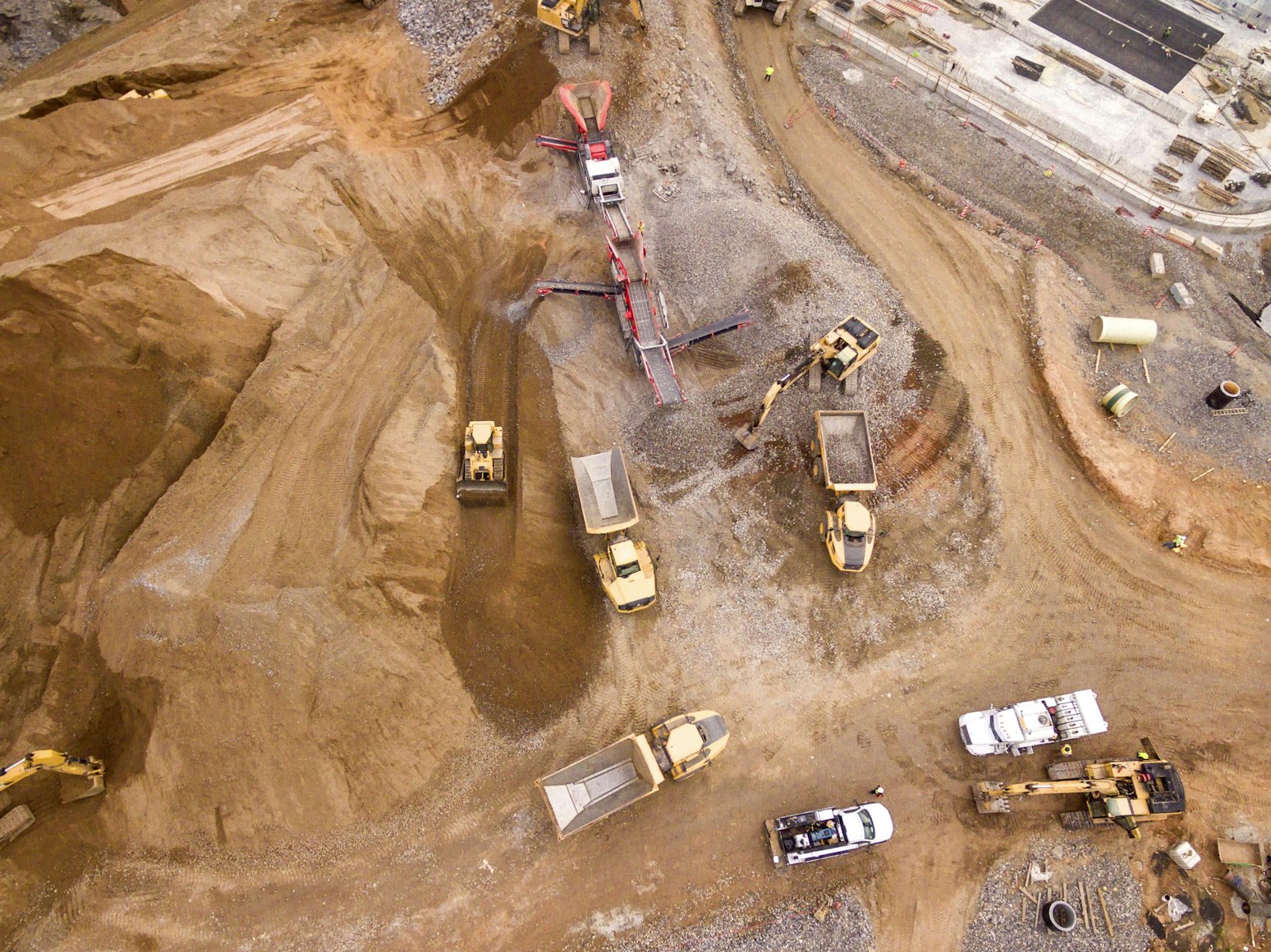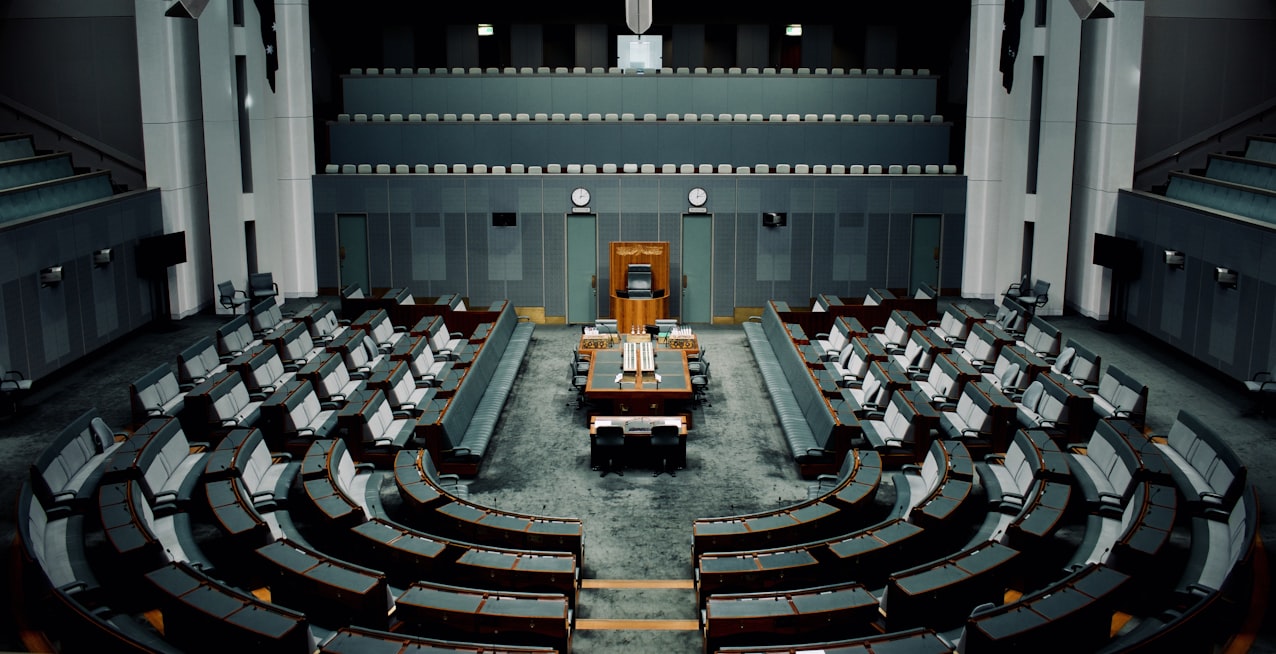
You may have noticed yellow buoys and local surf life saving clubs operating drones around our beaches. This is part of the NSW Government’s Shark Management Program with an aim to increase beachgoer protection with minimal impact to sharks and other wildlife.
The yellow buoys are shark listening stations and record the presence of tagged animals swimming within 500 metres. Drone operators scan the water for sharks and potential hazards.
Kempsey Shire residents are being asked to provide their sentiments and thoughts on shark mitigation measures along our coast to help guide the state government in future decisions.
How confident are you in the current measures rolled out in the shire? Are there more shark mitigation measures you’d like to see?
Complete this short, 10 minute survey and provide your input.
The survey is open until Thursday 16 June 2022.
What is the Shark Management Program?
The NSW Shark Management Program is an evidence-based program that aims to increase protection for NSW beachgoers, with minimal harm to sharks and other wildlife.
You can see the current suite of shark mitigation measures along the NSW coast here.
In 2021/22, the NSW Government committed $21.4 million to roll out successfully trialled technologies along the NSW coastline including drone aerial surveillance, SMART (Shark-Management-Alert-in-Real-Time) drumlines and satellite-linked listening stations to detect and track tagged sharks in real-time, issuing alerts to the public and beach authorities via Twitter and the SharkSmart App. The Government announced a boost of $4.4 million for 2021/22 for a suite of immediate additional mitigation methods, as well as ongoing funding of more than $85 million to continue this program until 2026.
Why is the government asking for feedback?
The NSW Government is committed to engaging the community to make decisions on striking the right balance of increasing protection for NSW beachgoers with minimal harm to sharks and other wildlife. This annual survey of Coastal Councils, stakeholders and community members, will capture sentiments about shark mitigation approaches currently used in NSW, and specifically ask about their confidence in the program to reduce the risk of human-shark interactions at ocean beaches.
Information gathered will be used to guide future decisions on shark mitigation in NSW.







